What 'Protective' Really Means and Why Most Styles Miss the Mark
Protective styles are praised across hair communities for their ability to give our strands a break, encourage growth, and simplify styling routines. But not every style that gets labeled “protective” truly protects. In fact, many popular looks, while convenient, can cause breakage, thinning, or long-term damage if not done properly.
Whether you wear braids, wigs, weaves, or twists, it’s worth asking: is this style actually protecting your hair, or just giving the illusion of it? Let’s break down what a real protective style looks like, where many go wrong, and how to choose styles that support long-term scalp and hair health.
What Is a True Protective Style?
A true protective style is more than just a trendy term – it's a method of wearing your hair that genuinely protects your strands from damage. Board-certified dermatologists and hair experts agree that a style is only "protective" if it meets certain healthy-hair criteria:
-
Low tension: The style shouldn't pull tightly on your scalp or hairline. If a hairstyle hurts or causes headaches, that's a red flag that it's too tight. Constant pulling can stress hair follicles (often causing thinning edges over time).
-
Low manipulation: Protective styles require minimal daily styling. Once your hair is set, you shouldn't need to comb, brush, or tug at it frequently. This rest from manipulation helps prevent breakage, since daily combing and styling can be rough on delicate, aging hair.
-
Scalp access and care: A good protective style still allows you to take care of your scalp and hair. You should be able to gently cleanse and moisturize your scalp regularly, keeping it healthy. Styles that "lock away" your hair for weeks without any care can lead to dryness, buildup, or even scalp issues.
-
Ends are tucked away: Protective styles often keep the ends of your hair (the oldest, most fragile part) safely tucked up or covered. This shields them from friction (like rubbing on your collar or pillow) and from the drying effects of the weather.
As Dr. Oyetewa Oyerinde, a board-certified dermatologist, explains, “Some styles promote growth and health by reducing stress on the hair and scalp, while others may cause damage if not done or maintained properly.” In other words, a style truly earns the name "protective" when it lets your hair rest and recover, instead of straining it. A great example is simple two-strand twists using your natural hair: once installed, they're low-tension, you can wash and oil your scalp easily, and your ends are tucked away. Your hair gets a break – and that’s the real goal of a protective style.
When "Protective" Styles Cause Damage
Unfortunately, many popular hairstyles that we consider "protective" can end up harming our hair if we’re not careful. These "styles of convenience" might keep your hair looking neat for weeks, but they can also introduce problems like traction alopecia (hair loss from repeated pulling) or breakage. Here are some common culprits that often miss the mark:
-
Tight braids and cornrows: Braided styles like box braids, microbraids, or tight cornrows might seem protective because they tuck hair away, but if they're installed with too much tension they can literally pull hair out from the roots. You might feel soreness, see little bumps along your hairline, or notice your edges thinning after removing the braids. These are all warning signs that the style was too tight. Dermatologists warn that constant tight braiding can lead to traction alopecia – a form of hair loss that often starts around the hairline and can become permanent if the pulling doesn’t stop.
-
Heavy extensions or super long styles: Adding length and volume is fun, but ultra-long or heavy extensions can put extra weight on your natural hair. For example, waist-length braids or very thick faux locs will tug on your scalp simply due to their weight. Over time, that added stress can weaken your hair. Many experts suggest keeping extension styles at a moderate length and thickness, especially if your own hair is fine or has gotten thinner with age. The rule of thumb: the heavier the hair, the more strain on your follicles.
-
Glue-in weaves and adhesives: Weaves and wigs can be great low-manipulation options, but attaching them with glue or harsh adhesives is risky. Glue-in tracks or lace-front wig glue can rip out your hair (particularly around the edges) when you remove them. They can also irritate the scalp or cause breakage where the glue is applied. Plus, glue-in weaves usually require tight cornrows as a base and often leave out a section of your natural hair to cover the tracks. That "leave-out" hair is frequently exposed to heat styling and friction, which can lead to damage and thinning in the very area you were trying to protect.
Even styles that start off healthy can become damaging if you leave them in too long or neglect upkeep. It’s important to give your hair breaks between long-term styles – most dermatologists recommend wearing a protective style for no more than about 6 to 8 weeks at a time. Also, continue to be gentle with your hairline and scalp. If a style ever causes pain, loosen it or take it out. As one dermatologist’s simple rule puts it: if your hairstyle hurts, it's not truly protective. Your hair and scalp should never have to “get used to” pain.
Gentler Alternatives for Healthy Hair
The good news is that you don’t have to swear off all protective styles – you just need to choose and use them wisely. There are gentler alternatives and techniques that can keep your hair healthy while still giving you style and convenience. For example, crochet hairstyles have become a popular safer option. In a crochet style, you start with loose cornrows (not too tight) and then attach lightweight extensions by looping them through the braids with a crochet hook. This method avoids many of the pitfalls of other styles:
-
No heavy tension on the hairline: Because crochet extensions are added to relatively loose cornrows, there's less pull on your edges. You’re not suspending a heavy braid directly from a few strands of hair; instead, the weight is distributed more evenly. Many women find crochet styles much gentler on thinning edges or sensitive scalps.
-
No leave-out or glue needed: Crochet styles don’t require leaving sections of your own hair out to blend, nor do they need any bonding glue. The extensions (often pre-curled or pre-styled hair) cover your whole head, protecting all of your natural hair underneath. With options like curly crochet curls, you can achieve a full, natural-looking hairstyle with none of your real hair exposed to heat or adhesive.
-
Lightweight extensions: Some brands offer specially made crochet hair that is light and breathable. For instance, Curlkalon makes pre-curled synthetic hair designed to be very lightweight and low-tension for crochet installs. Using lighter hair means your style won’t be dragging down on your scalp. You get the volume and look you want without the ache or strain.
Crochet braids, crochet weaves, and similar styles exemplify what a protective style should be: they give you versatility and a break from daily styling, but they also prioritize your hair’s well-being. Other gentle options include knotless braids (a technique where braids are started without the usual tight knot at the scalp, reducing tension) and wigs installed without glue (such as those secured with adjustable bands or clips). Remember, the goal is to keep stress off your follicles. For any style you choose, opt for techniques that are kinder to your hair: think smaller sections that aren't too tight, lighter hair additions, and methods of securing hair that don’t involve harsh chemicals or high tension.
In the end, truly protective styling comes down to listening to your hair. If a style is actually promoting healthier, stronger hair – by all means, enjoy it. But if it’s just keeping your hair “out of sight, out of mind” while causing damage underneath, it’s not worth it. As we get older, our hair often becomes a bit more fragile, so it’s extra important to treat it gently. With the right approach, you can absolutely find beautiful, convenient hairstyles that let you look your best and keep your hair thriving. After all, the best style is one that leaves you with not only a great look, but peace of mind that your hair is safe and sound.
Sources
-
American Academy of Dermatology – Hair loss from tight hairstyles (traction alopecia)
-
Skin of Color Society – Insights on Black hair care and scalp health
-
Oyetewa Oyerinde, MD (Board-Certified Dermatologist) – Interview on protective styling
-
Crystal Aguh, MD (Board-Certified Dermatologist) – Research on traction alopecia in Black women
-
Doris Day, MD (Board-Certified Dermatologist) – Advice on tension and hair loss




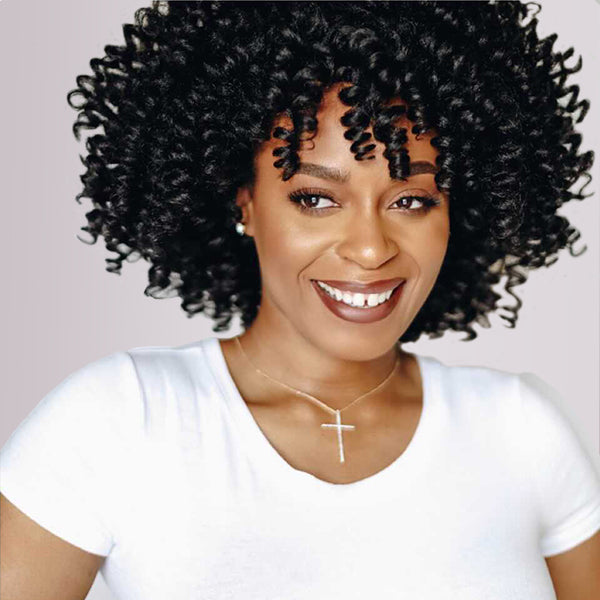
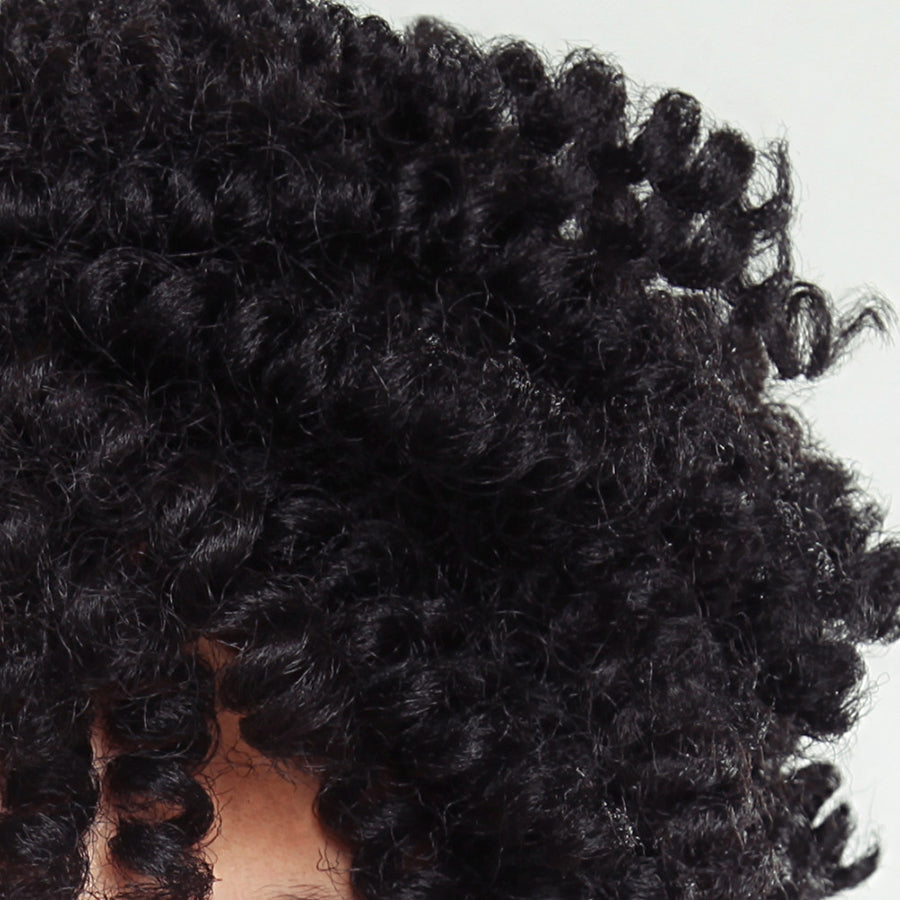

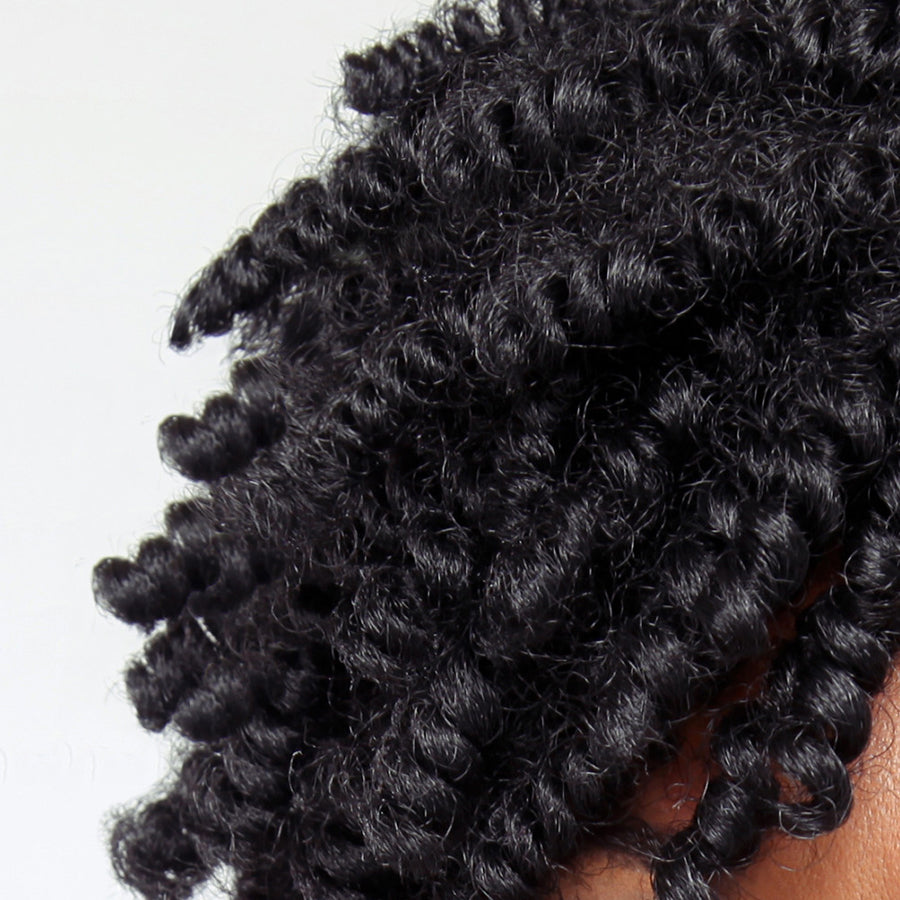
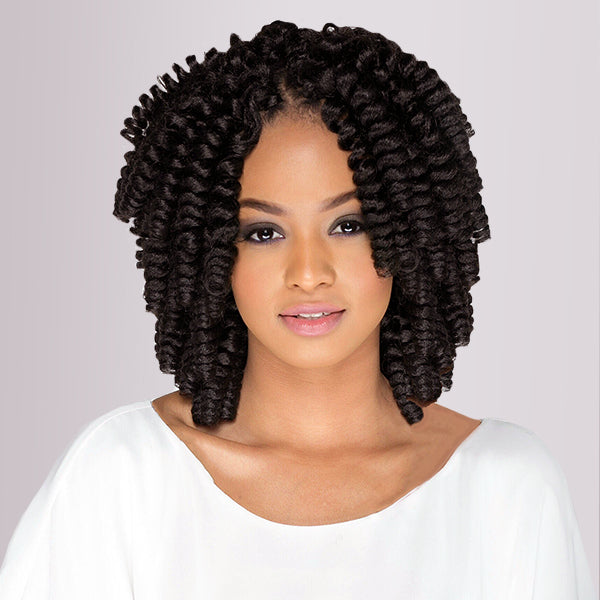
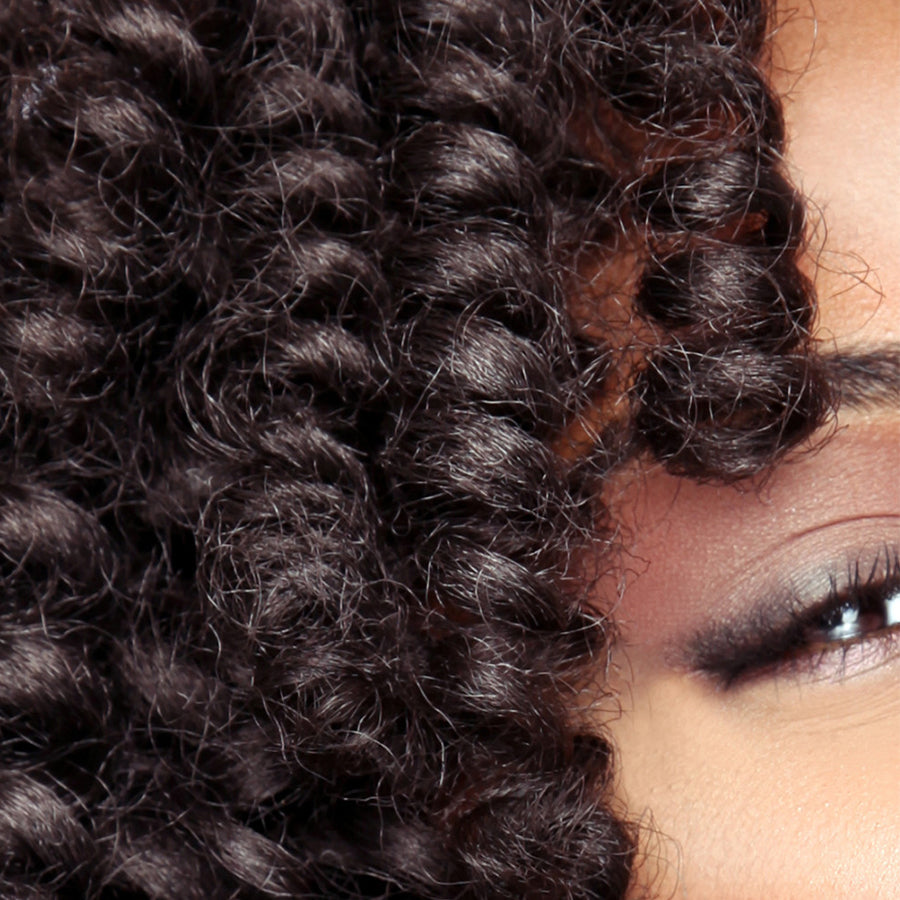
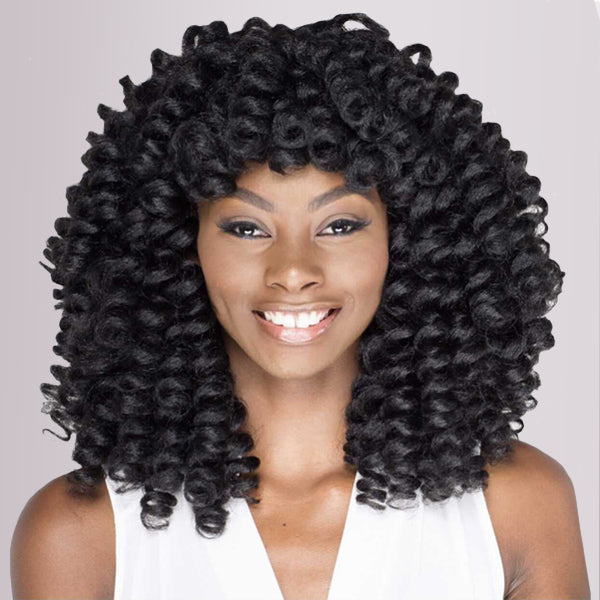
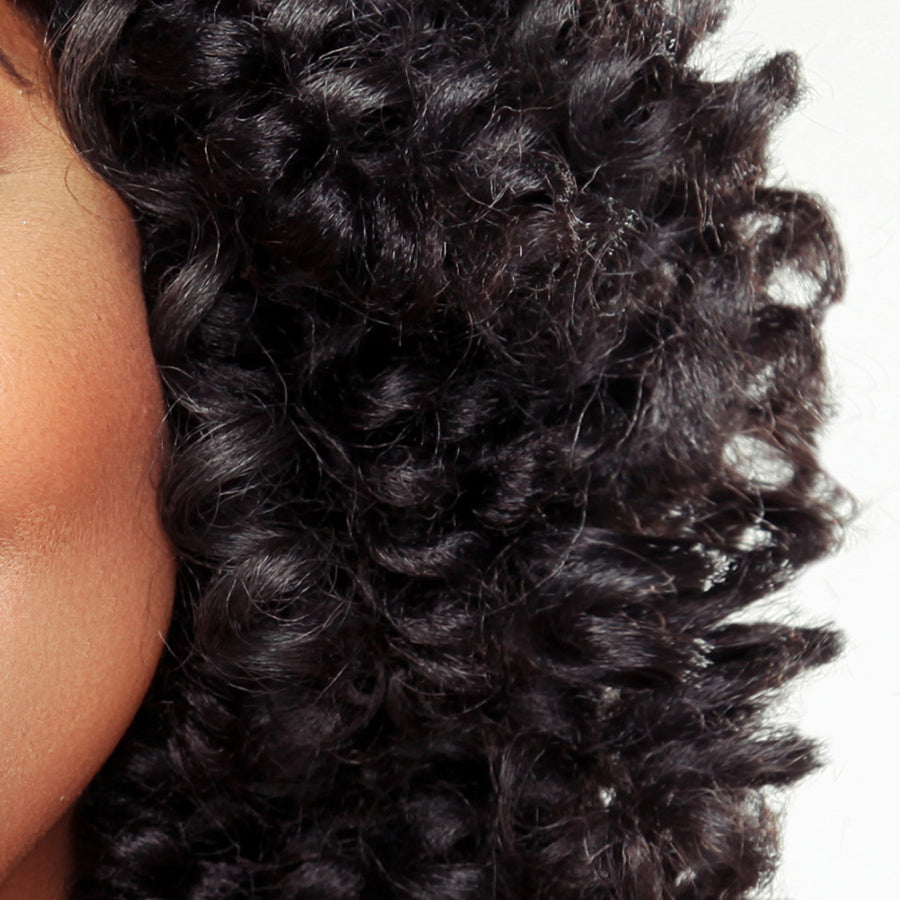
Leave a comment